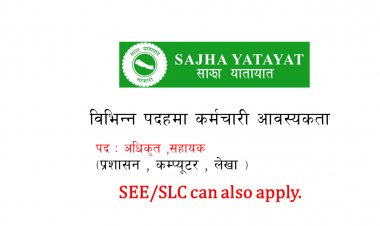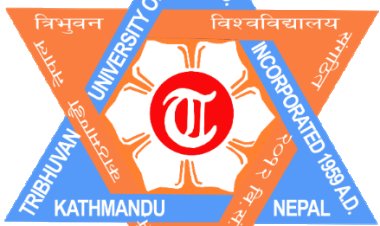Zoology Question-2078(Bsc. I Year)

Tribhuvan University 2078
Bachelor Level 4 Yrs. Prog/ 1st Year/Science & Tech
Full Marks: 100
Zoology (Non-Chordata & Protochordata) (Zool.101)
Time: 3 hrs.
Candidates are required to give their answers in their own words as far as practicable.
The figures in the margin indicate full marks.
New Course
Illustrate your answers with suitable diagrams wherever necessary.
GROUP "A"
Attempt any TWO questions.[2×10=20]
- What is Kala-azar? Write account on the structure life cycle and control measures of the causative agent of Kala-azar.
- Describe different larval forms found in the life cycle of Fasciola hepatics with suitable diagrams.
- What are the types of nephridia in Annelida? Give an account of the structure of nephridium of leech.
GROUP "B"
Attempt any TWO questions..[2×10=20]
- Illustrate the typical mouth parts of instinct. Give the name of mouthparts of housefly and cockroach.
- Describe the water-vascular system of Asterias.
- Give an account of systematic position, external morphology of Herdmania and discuss its affinities with cephalochordate and chordates.
GROUP "C"
Attempt any EIGHT questions.[8×5=40]
- Define taxonomy. Give important characteristic features used in taxonomy.
- Write on pathogenicity and diagnosis of Entamoeba histolytic.
- Name the disease caused by Wuchereria bancrofti. Mention its diagnosis, pathogenicity and control measures.
- Differentiate characteristics features of cephalopods and gastropods.
- Write damage pattern and control measures of Sitophilus oryzae.
- Discuss briefly the external morphology of Amphioxius.
- Give the concept of 'syncytial theory' regarding the origin of Metozoa.
- What are corals? Discuss how corals are formed?
- Write economic importance of African giant land snail
- How is the social life of termites? Explain.
GROUP "D"
- Give very short answers of any EIGHT of the followings:.[8×2.5=20]
- Structure and con.' of Giardia lambia
- Parasitic adaptation in Taenia solium
- Glochidium larva
- Significance of torsion
- Vermicomposting
- Economic importance of porifera
- Dinoflagellate symbiosis
- Structure and control of Ancylostona duodenale
- Coelom in Polycheata
- Shells in Mollusca






